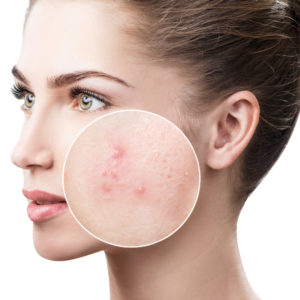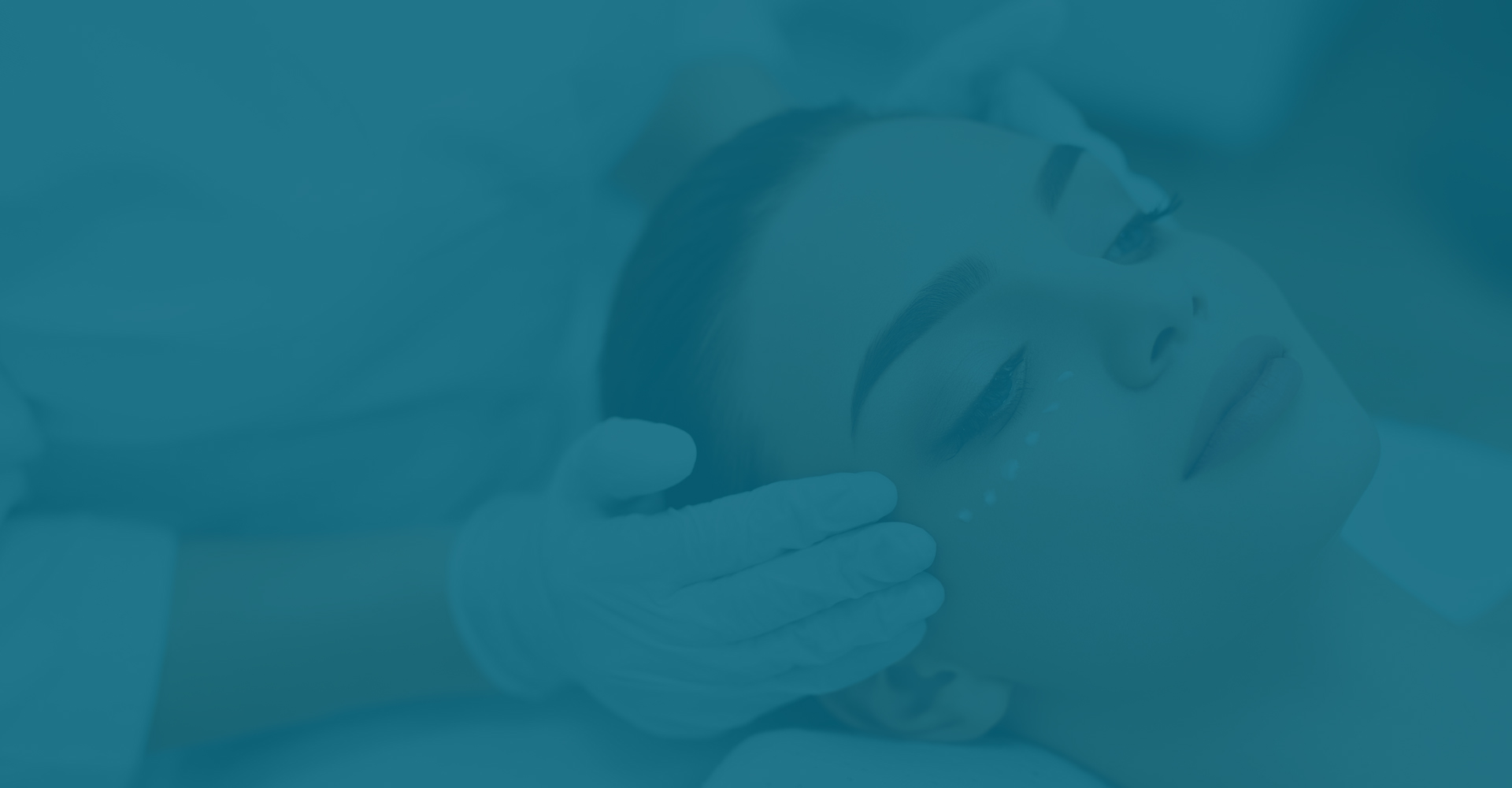05 Mar Acne: Causes, Types & Management
 Acne is a common skin condition that affects people of all ages, but it is most common in teenagers and young adults. It is caused by the blockage of hair follicles with oil, dead skin cells, and bacteria, which can lead to pimples, blackheads, and whiteheads. While acne is not a life-threatening condition, it can cause physical discomfort and emotional distress. In this article, we will discuss the causes of acne, the different types of acne, and the management of acne.
Acne is a common skin condition that affects people of all ages, but it is most common in teenagers and young adults. It is caused by the blockage of hair follicles with oil, dead skin cells, and bacteria, which can lead to pimples, blackheads, and whiteheads. While acne is not a life-threatening condition, it can cause physical discomfort and emotional distress. In this article, we will discuss the causes of acne, the different types of acne, and the management of acne.
Causes of Acne
Acne is caused by the overproduction of oil, dead skin cells, and bacteria that clog the pores of the skin. The sebaceous glands in the skin produce oil, which is necessary to keep the skin moisturized. However, when too much oil is produced, it can mix with dead skin cells and bacteria, clogging the pores and leading to acne. Hormones also play a role in acne, as they can stimulate the sebaceous glands to produce more oil. This is why acne is most common in teenagers and young adults, when hormone levels are fluctuating.
Different Types of Acne
There are several types of acne, each with different symptoms and characteristics.
Whiteheads: Whiteheads are small, white bumps on the skin that occur when pores are clogged with oil and dead skin cells.
Blackheads: Blackheads are small, dark bumps on the skin that occur when the pore is clogged with oil and dead skin cells, but remains open. The dark color is caused by the oxidization of the oil.
Papules: Papules are small, red bumps on the skin that occur when the pore becomes inflamed due to bacterial infection.
Pustules: Pustules are similar to papules, but they contain pus.
Nodules: Nodules are large, painful bumps on the skin that occur when the pore becomes inflamed deep within the skin.
Cysts: Cysts are similar to nodules, but they contain pus and are even larger.
Acne Management
Managing acne involves a combination of different treatments, including cleansing, topical treatments, oral medications, lifestyle changes, and avoiding triggers.
- Cleansing: Keeping the skin clean is essential in managing acne. It is recommended to wash the face twice a day with a gentle cleanser and lukewarm water. Avoid using harsh soaps or scrubs, as these can irritate the skin and worsen acne. Pat the skin dry with a clean towel, and avoid rubbing or scrubbing the skin.
- Topical treatments: There are several topical treatments that can be used to manage acne, including retinoids, benzoyl peroxide, and topical antibiotics. Retinoids work by unclogging pores and preventing the formation of new pimples. Benzoyl peroxide is effective in killing bacteria and reducing inflammation. Topical antibiotics work by killing bacteria that contribute to acne.
- Oral medications: In some cases, oral medications may be prescribed to manage acne. Antibiotics, such as doxycycline or minocycline, can be effective in reducing inflammation and killing bacteria. Hormonal therapies, such as birth control pills, may be used in women to regulate hormones that contribute to acne.
- Lifestyle changes: Making certain lifestyle changes can also help manage acne. Eating a healthy diet rich in fruits, vegetables, and whole grains, and avoiding processed foods and sugary drinks, can improve skin health. Regular exercise and getting enough sleep can also help manage acne.
- Avoiding triggers: Certain triggers can worsen acne, such as stress, certain medications, and certain cosmetic products. It is important to identify these triggers and avoid them when possible.


Sorry, the comment form is closed at this time.